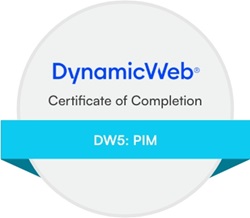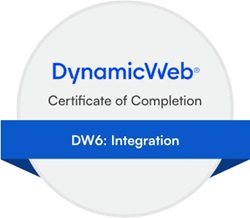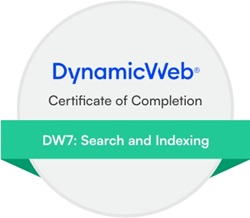We're intending to create a new payment plugin, which will support a seamlessly integrated payment experience.
The attached slides provides an illustration of the intended user experience.
Our desired approach has spawned the following questions:
- Is there any logic tied to the "Place Order" button in the Swift template which MUST be executed for DynamicWeb to function as expected?
- We'd like to make a back-end API call to create a new Payment Session and use data from the response to list the available payment methods when the customer reaches the "Checkout" page as illustrated by the attached slides.
Is this possible? And if do, which event do we need to create a hook for? - Where do we find an event life-cycle diagrams, which illustrates which events we can create hooks for?
- Transpayrent will send a Single Sign-On request to DynamicWeb when the consumer elects to pay with the Webshop's Wallet.
The request contains the Customer ID and a temporary Access Token, which must be provided by DynamicWeb through the front-end.
We see a couple of ways this could be implemented and would appreciate guidance as to what would work best:- By using the PasswordRecoveryToken fom the User object as the Access Token
- By generating an Access Token and save it in the User as part of the CustomFieldValues properties
- By generating an Access Token and cache it for the consumer using MemoryCacheManager
- The Order object includes several properties related to a payment, including the below, and we'd appreciate guidance as to which would be best to use:













